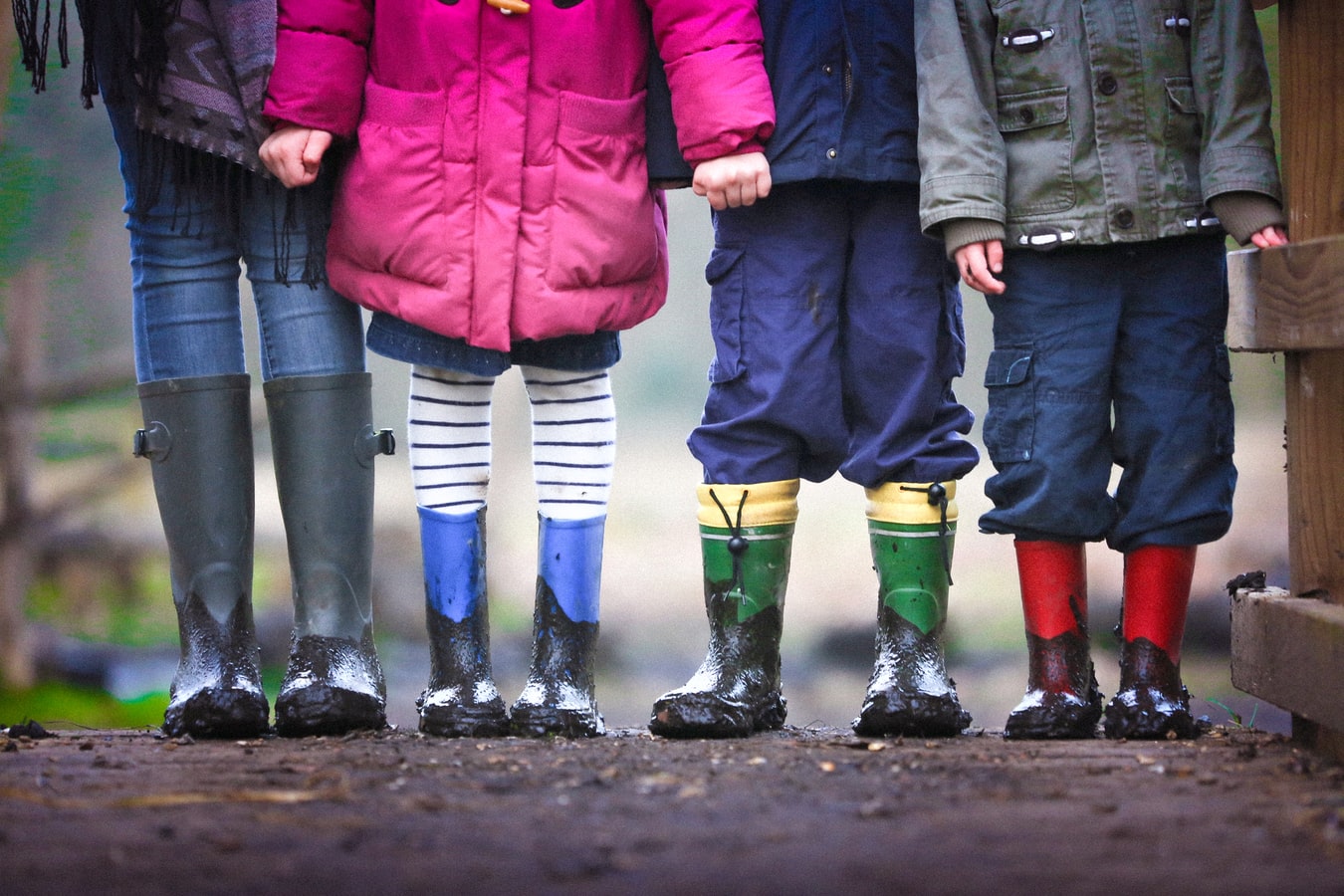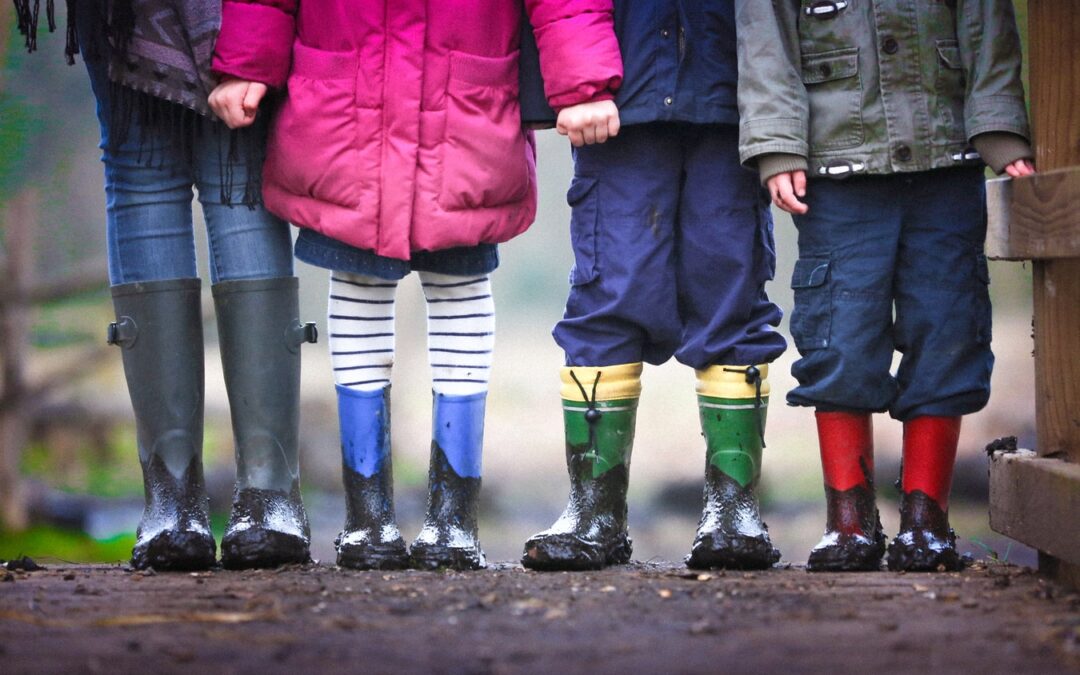
If you live in Southern California, you have seen alcohol ads everywhere. They’re on highway billboards, storefront posters, and in television commercials. The actors are built like gods or goddesses and always appear having a good time. They’re at fancy rooftop parties, or relaxing on exotic beaches, and they often have a gorgeous friend (or two) draped over them while they hold the beverage with the label out as they stare into your eyes. Yes, you have seen these ads.
So have your children.
The problem is far worse for children growing up around Los Angeles. Without a healthy support system, children can fall prey to the toxic manipulation of the entertainment industry and criminal elements of the area. Many celebrities, club promoters, gang members, and predators use drugs and alcohol to influence the minds of impressionable youths. Between media influence and social pressures, children are taught early on that drinking is fun and socially cool. What they don’t learn is the damage that can occur to their bodies from its abuse. Thankfully, there are scientifically proven methods we as parents can use to save our children from the horrors of being addicted to alcohol.
How Can I Save My Child From Alcohol Abuse?
To prevent children from potential alcohol addiction and abuse, there are three key techniques you can implement today that will set your kids on a path towards healthy living without the need for a drink. These techniques are repetition of the facts about alcohol, real life examples of addiction, and providing alternative practices to achieving pleasures often associated with drinking.
Repetition Of The Facts
The first step to combating myths about alcohol as a fun, socializing experience is knowing and reporting the facts on abuse. According to the Centers for Disease Control and Prevention, the number of alcohol related deaths in Los Angeles County increased by 21% from 990 persons in 2000 to 1,168 in 2017. In addition, the California Department of Public Health reports that emergency department visits in LA County for alcohol-related cases rose by 117% from 2005 to 2017. Further, LA County also reported in 2019 that 48% of those admitted to a treatment facility for alcoholism also had a secondary drug problem. When armed with the facts, it is much easier to offset the idyllic commercials shown in between quarters of the Lakers’ game or Dancing with the Stars. If your child asks why you always bring up the dangers of alcohol every time an ad comes on T.V., you will have the data to back up your claim. As a parent, your words can influence your child’s worldview, so repetition of the problems associated with alcohol can make a lasting impact.
Real World Examples
The second step to education on alcohol is the use of real world examples. The most gripping stories are often true stories, and sadly there are many sad tales parents can use to educate their children about alcohol and drug abuse, especially in LA. There are countless headlines of celebrities who tragically lost fame, fortune, and even their lives to alcohol and drug addictions.
While reinforcing negative outcomes of alcohol consumption is effective, sometimes the positives of living alcohol-free can make a larger impact. Alcohol addiction expert Dr. Dustin Dunbar likes to remind clients and patients that some of the world’s most famous celebrities do not drink alcohol in their personal lives. According to Dunbar, superstar Jennifer Lopez “doesn’t drink alcohol… because it’s bad for her skin.” Likewise, Dunbar states that Brad Pitt, the Hollywood icon who “orders high balls at the casino and beers at the dive bar… in the movies” also doesn’t drink in real life. Like Dr. Dunbar, parents can use role models to show alcohol is not present in the lives of some of the most successful and beautiful people in the world.
Alternatives To Alcohol
The third technique for promoting an alcohol-free lifestyle to children is exploring the alternatives for gratification. One reason alcohol is so prevalent in American culture is the association it has with many different experiences––partying, pain relief, reaching certain mental states, and so on. And advertisers know this.
When alcohol companies produce television commercials, they sell an experience rather than the taste of their product. Dr. Dunbar illustrates this phenomenon through a television commercial produced by beer company Corona to appeal to working parents. As noted by Dunbar, “When the kids are driving you up the wall 24/7… that image of a peaceful married couple on a paradisiacal beach watching the waves with a Corona in hand looks pretty damn good.” Here, Corona wants the viewer to associate their beer with feeling peace of mind.
Associating good times with alcohol can create dependency, so parents must teach their children that alcohol is unnecessary for having fun. For younger children, recreation is great for building motor and cognitive skills, and producing happiness. For teenagers, sports, exercise and performance arts can release endorphins bringing pleasure without the need for inebriation. High-achieving students can feel an amazing sense of joy and accomplishment improving their grades or competing in competitions sans-alcohol. Additionally, video game sessions, board game nights, and trips to the local movie theatre are ways kids of all ages can socialize without alcohol.
Foundation Is Key
As parents, we wish to raise healthy and happy children, and education is the key. By implementing these three techniques, more children will develop a hunger for life rather than a thirst for poison.
Author Bio
Eric M. Earle is a tutor and educator who works with children of all ages to get the support they need for academic success. He is also the founder of TutorPortland.com.









